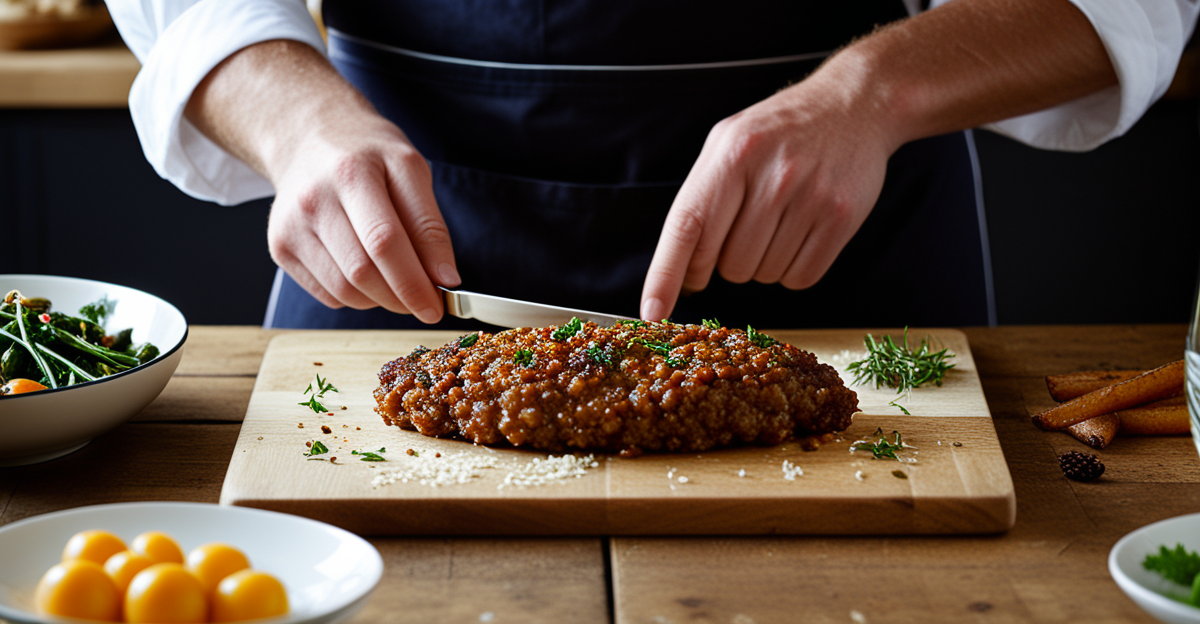Key Characteristics of Traditional British Cuisine
Traditional British dishes have a rich history rooted in simple, hearty ingredients that reflect the agricultural and coastal landscape of the UK. Foundational ingredients such as root vegetables, salted meats, and hearty grains formed the backbone of historical British food. Cooking techniques often prioritized practicality and preservation, including roasting, boiling, and slow-cooking methods, which helped sustain communities through changing seasons.
Iconic traditional dishes like roast beef and Yorkshire pudding, Cornish pasties, and Lancashire hotpot showcase regional variations shaped by local produce and cultural influences. For instance, the Cornish pasty originated as a portable meal for miners, emphasizing the connection between food and livelihood. Seasonal availability greatly influenced early British cuisine; fresh fish, game, and foraged greens were staples depending on the time of year.
In essence, traditional British culinary history demonstrates how resourcefulness and locality shaped a cuisine designed to nourish and comfort. The strong emphasis on seasonality and regionality remains a hallmark that informs both heritage dishes and contemporary reinterpretations today.
Evolution from Tradition to Modern UK Cooking
The evolution of cuisine in the UK reflects a dynamic dialogue between history and innovation. Classic recipes, rooted in traditional British dishes, have gradually transformed to meet modern tastes and lifestyles. For example, hearty stews once cooked over hours are now often reimagined with refined techniques that preserve their comforting essence while appealing to contemporary palates.
Social and economic changes have significantly shaped this transition. Post-war rationing gave way to increased global trade, exposing British cooks to diverse ingredients. This shift diversified modern British food far beyond its traditional base. The rise of gastropubs exemplifies this trend, offering casual dining that bridges old favourites with inventive presentations and international flavours, enhancing the appeal of familiar recipes.
Global influences and changing attitudes towards quality and sustainability have encouraged chefs to revisit food history UK thoughtfully. They prioritize seasonal and local produce, echoing the past but with a modern sensibility. This blend of tradition and modernity in British cuisine captures a constantly evolving culinary identity that respects its roots while embracing innovation.
Key Characteristics of Traditional British Cuisine
Traditional British dishes are deeply rooted in British culinary history, relying on straightforward but nourishing ingredients. Foundational elements include root vegetables like carrots and parsnips, salted or cured meats, and robust grains such as barley and oats. These ingredients suited the practical cooking techniques common in historical British food, including roasting over open flames, boiling, and slow-cooking in pots to maximize flavor and preservation.
Iconic dishes exemplify regional diversity. For instance, Lancashire hotpot showcases slow-cooked lamb with layers of sliced potatoes native to northern England, while Cornish pasties highlight meat and vegetable fillings tailored for portability. Yorkshire pudding, often served with roast beef, is another hallmark, reflecting culinary traditions of specific English counties.
Seasonality played a vital role in shaping early British cuisine. Local produce such as freshly caught fish or wild game featured prominently during particular seasons. Foraging for greens and herbs further diversified diets, making seasonal availability a defining characteristic. Together, these factors crafted traditional British dishes that are hearty, locality-driven, and enduring in their appeal.
Key Characteristics of Traditional British Cuisine
Traditional British dishes are defined by their reliance on foundational ingredients such as root vegetables, salted meats, and hearty grains, reflecting centuries of British culinary history. These staples supported practical cooking techniques like roasting, boiling, and slow-cooking, which preserved food and enhanced flavors in historical British food.
Distinctive regional dishes illustrate the diversity within traditional British cuisine. For example, Lancashire hotpot features slow-cooked lamb and potatoes, while Cornish pasties were designed as portable meals for workers. Yorkshire pudding, often accompanying roast beef, highlights specific regional tastes and cooking styles.
Seasonality and local produce were crucial in shaping early British dishes. The availability of fresh fish, wild game, and foraged herbs varied by season, directly influencing menus and meal composition. This connection to the land established a cuisine rooted in nourishment and practicality.
Understanding these key characteristics offers insight into how traditional British food combines simplicity with regional identity, emphasizing local ingredients and timeless preparation methods that remain influential today.
Key Characteristics of Traditional British Cuisine
Traditional British dishes stand on foundational ingredients like root vegetables, salted meats, and hearty grains, forming the backbone of historical British food. These basic yet nourishing components paired with practical cooking techniques—such as roasting, boiling, and slow-cooking—highlight the resourceful nature of British culinary history. These techniques balanced flavor enhancement with preservation, crucial in an era before modern refrigeration.
Iconic traditional dishes reflect strong regional identities rooted in local availability. Examples include Lancashire hotpot, a slow-cooked lamb stew flavored with native potatoes, and Cornish pasties, portable pies originally created for miners, exemplifying how locality shaped recipes. Yorkshire pudding, often served with roast beef, also embodies these regional culinary traditions.
Seasonality and local produce were vital influences. Early British cuisine heavily depended on the availability of fresh fish, game, and foraged herbs according to the time of year. This seasonal reliance ensured menus adapted naturally, reinforcing British culinary history’s respect for the land’s rhythms. Understanding these key characteristics clarifies how traditional British food remains grounded in simplicity, locality, and practicality.




